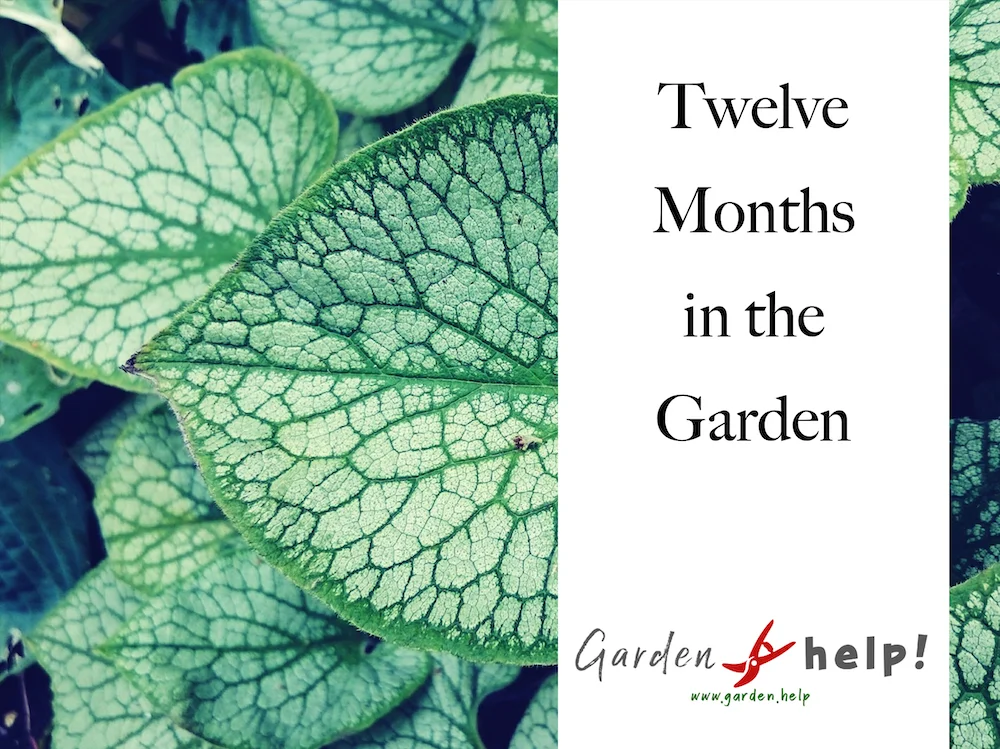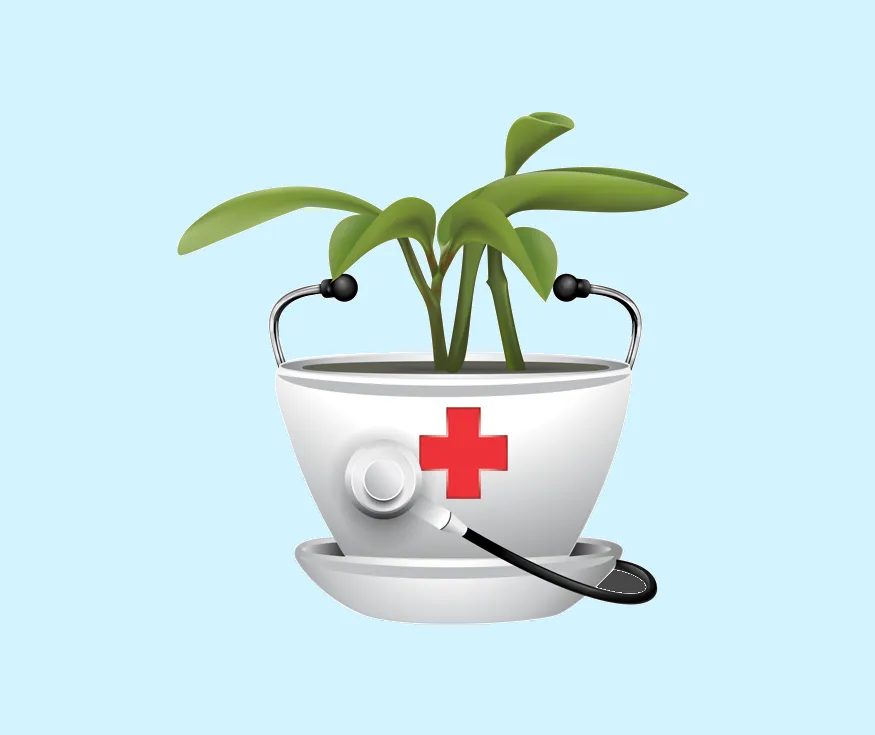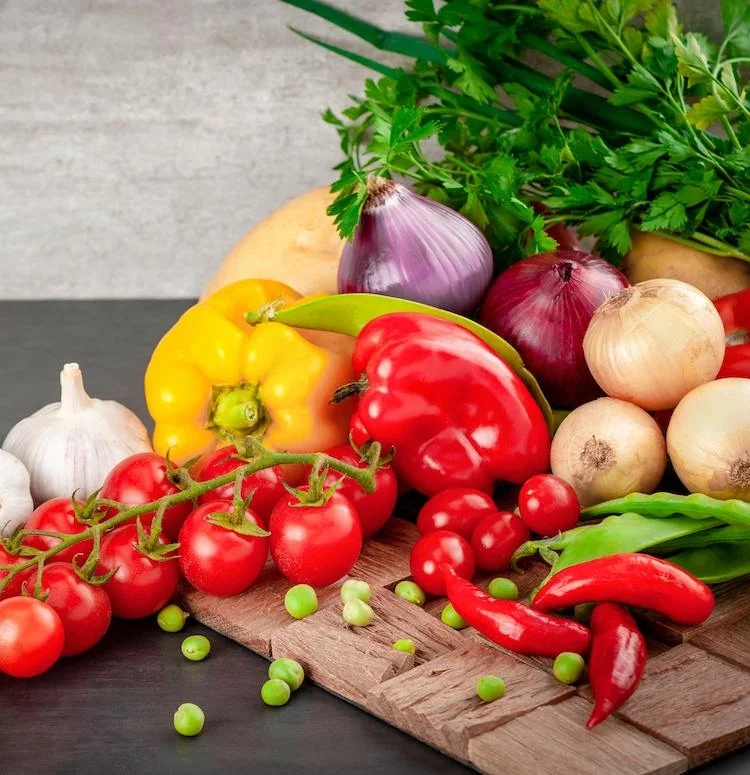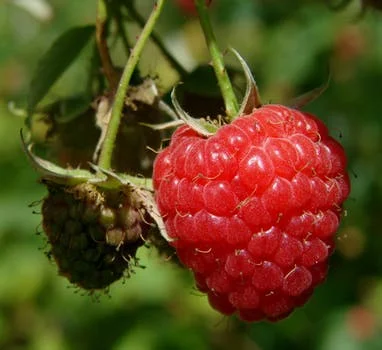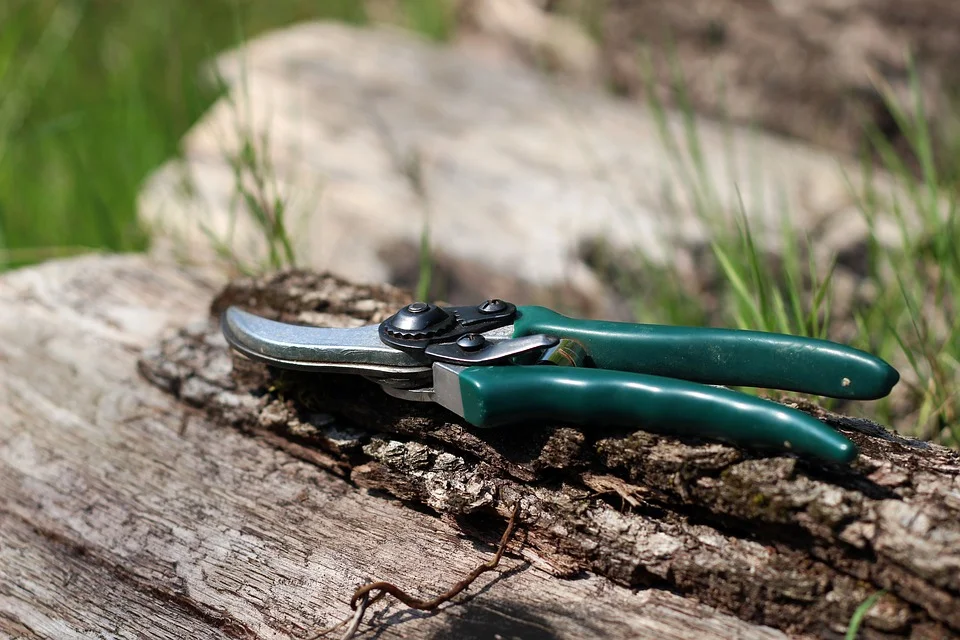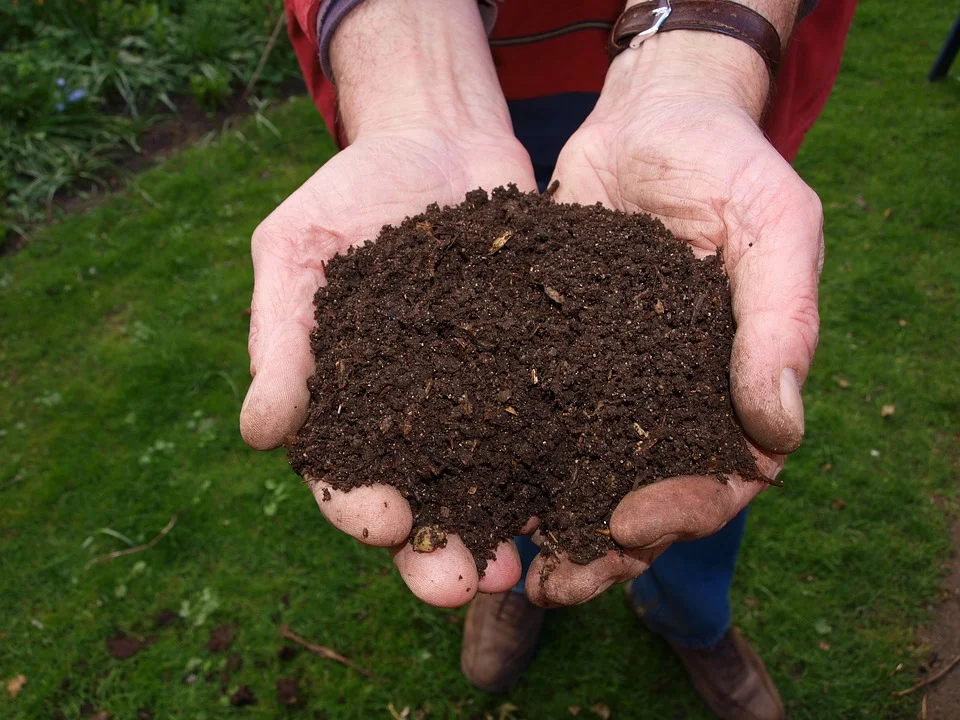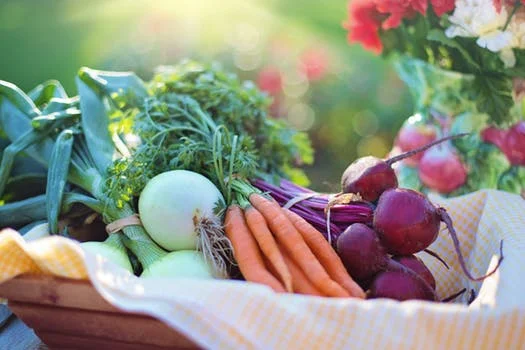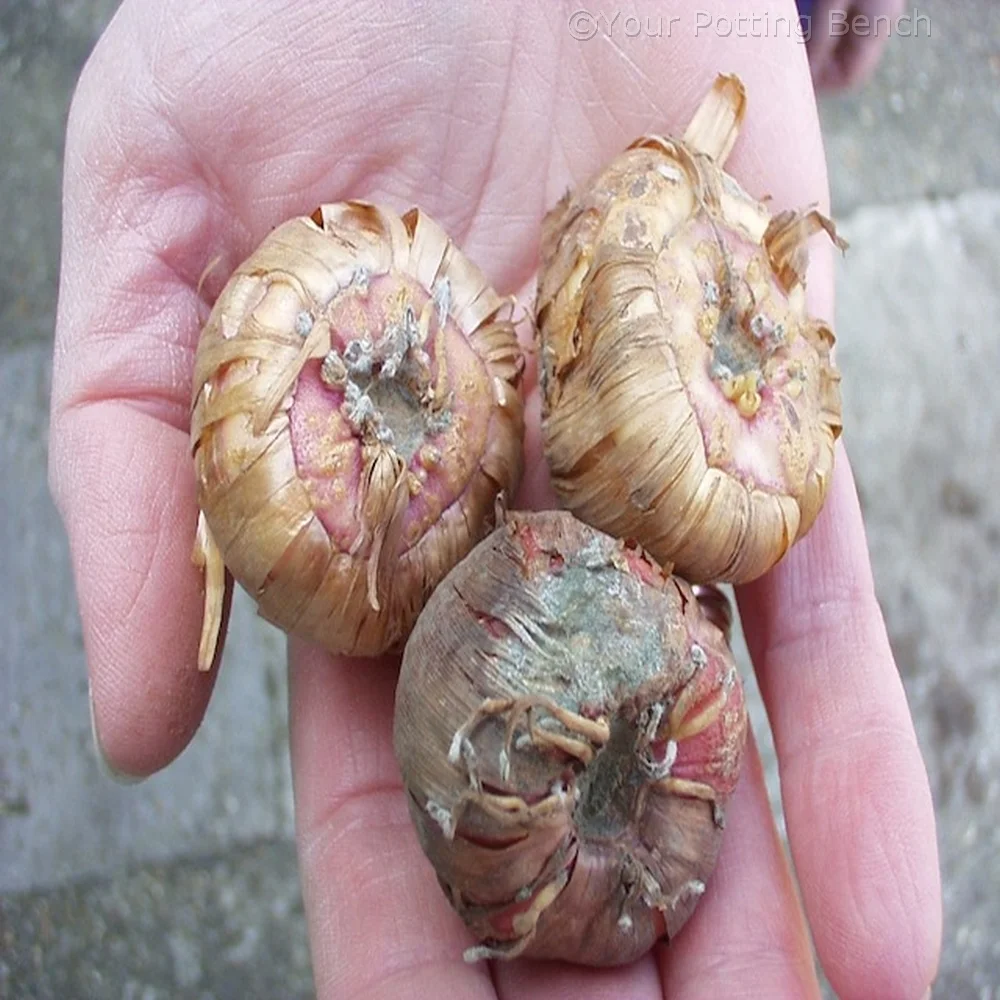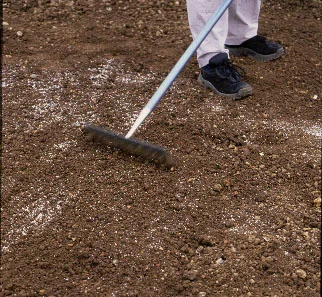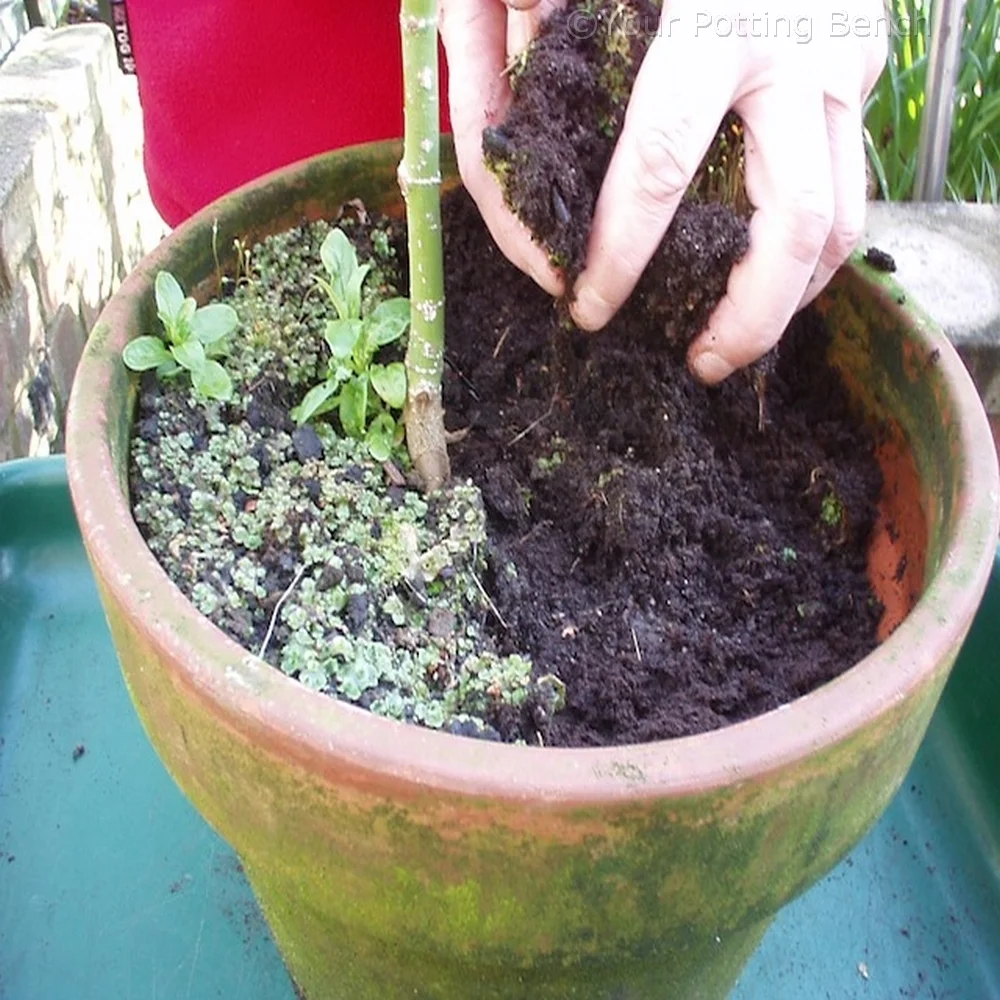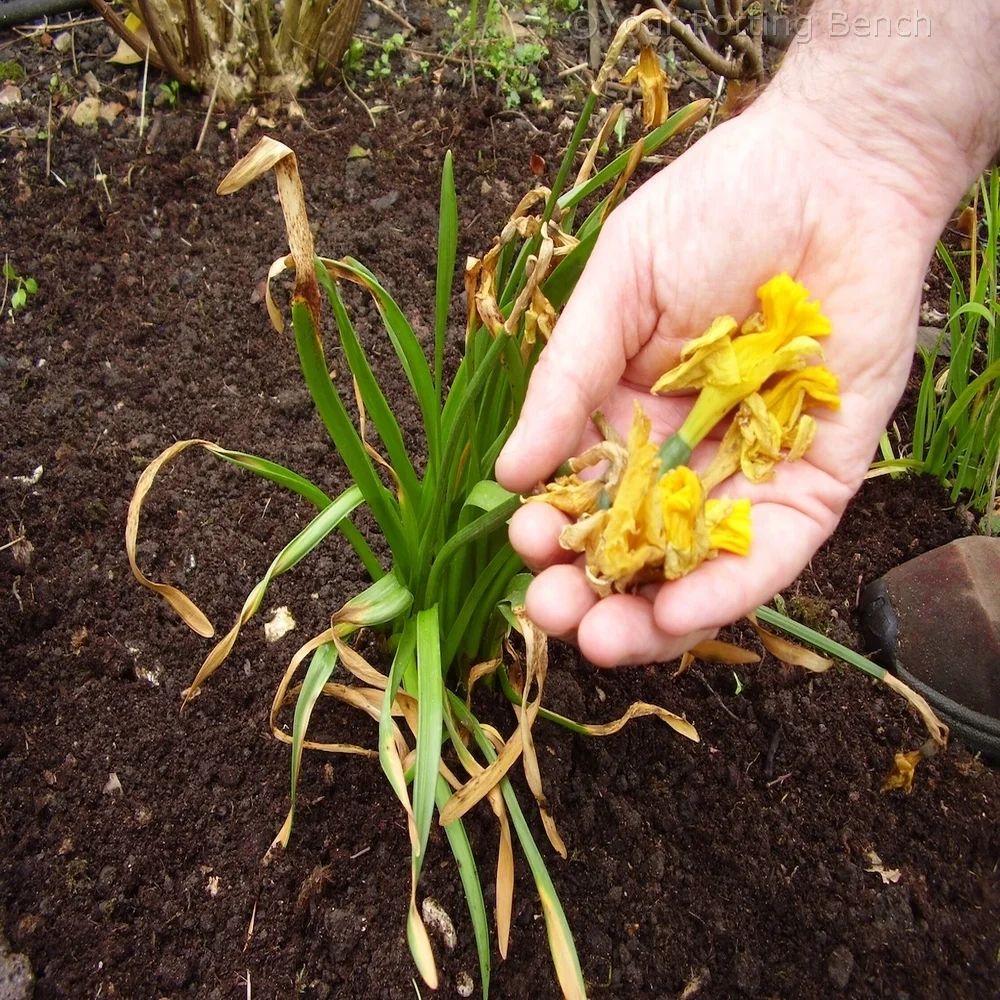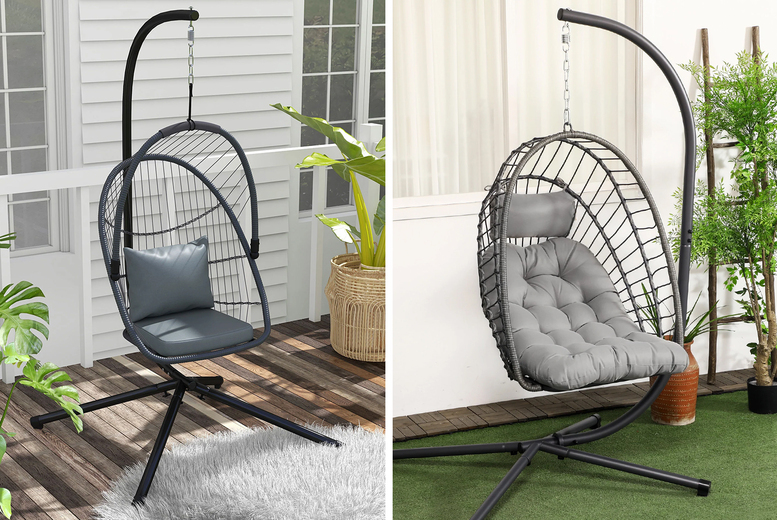Home > Question >
Why are the tips of the leaves on my Yucca turning brown?
Our Advice:
The tips of Yucca leaves turning brown can be a sign of several problems. One possible cause is underwatering, as dry soil can cause the tips of leaves to dry out and turn brown. Overfertilization can also lead to brown tips, as excess salts in the soil can damage the plant. Additionally, exposure to cold temperatures or drafts can cause leaf tip burn.
To address brown tips on Yucca leaves, make sure the plant is getting enough water without being overwatered. Avoid overfertilization by following the instructions on the fertiliser package and flushing the soil periodically to remove excess salts. Protect the plant from cold temperatures and drafts by keeping it in a warm, stable environment.
Here are some related questions:
Not what you are looking for?
If you can't find what you are looking for on the website then you can ask one of our experts. To get in touch with us Click Here
We will try to get back to you with an answer as soon as we can.
Here is some more information for you:
Yucca Plants: Overview
Yucca plants are a genus of perennial shrubs and trees native to North America, Central America, and the Caribbean. They are known for their striking, sword-shaped leaves and large, showy flowers. Yucca plants are popular ornamental plants and are also used for food, medicine, and other purposes.
Yucca Plants: Characteristics
Yucca plants have long, narrow leaves that are often stiff and pointed. They can range in colour from green to blue-green, and some species have variegated leaves. Yucca plants produce large, showy flowers that can range in colour from white to pink to yellow. The flowers are often bell-shaped or trumpet-shaped and are held on tall spikes above the foliage. Yucca plants can range in size from small shrubs to large trees, depending on the species.
Yucca Plants: Cultivation
Yucca plants are generally easy to grow and care for, making them a popular choice for gardens and landscapes. They prefer well-drained soil and full sun, although some species can tolerate partial shade. Yucca plants are also drought-tolerant and can handle a wide range of temperatures, making them a good choice for many regions. Some species of yucca plants can be propagated by seed, while others can be propagated by division. Pruning is usually not necessary, but can be done to remove dead or damaged leaves.
Yucca Plants: Uses
Yucca plants are used for a variety of purposes, both ornamental and practical. In landscaping, they are often used as focal points or accents, and can be planted in groups or as a specimen plant. Some species of yucca plants are also used for food, particularly the roots, which can be roasted or boiled. Yucca plants also have medicinal properties and are used in traditional medicine to treat a variety of ailments, such as inflammation and arthritis.
Yucca plants are a striking and versatile addition to any garden or landscape. With their sword-shaped leaves and showy flowers, they make an attractive focal point or accent. They are also useful for practical purposes, such as food and medicine.
Did you find this answer useful? Subscribe to our newsletter for gardeing news, projects, special offers and competitions.
Ask another gardening question:
Learn More About Pests and Diseases
Gardening Projects for April
